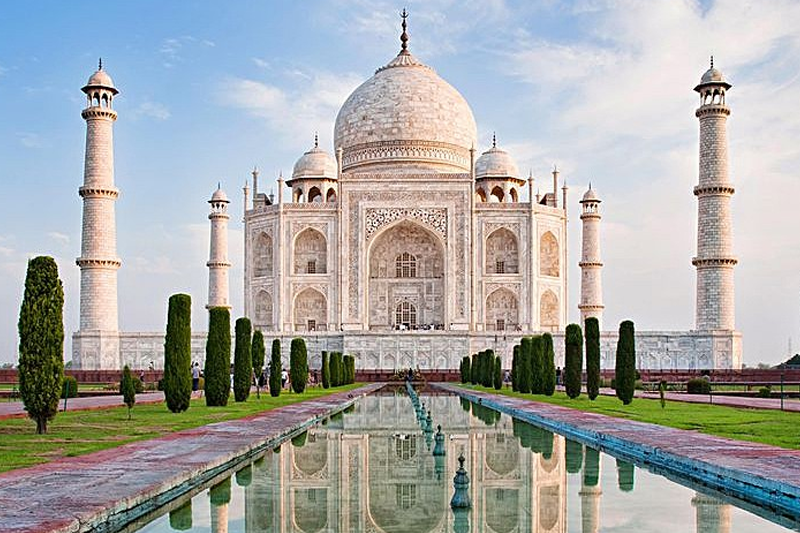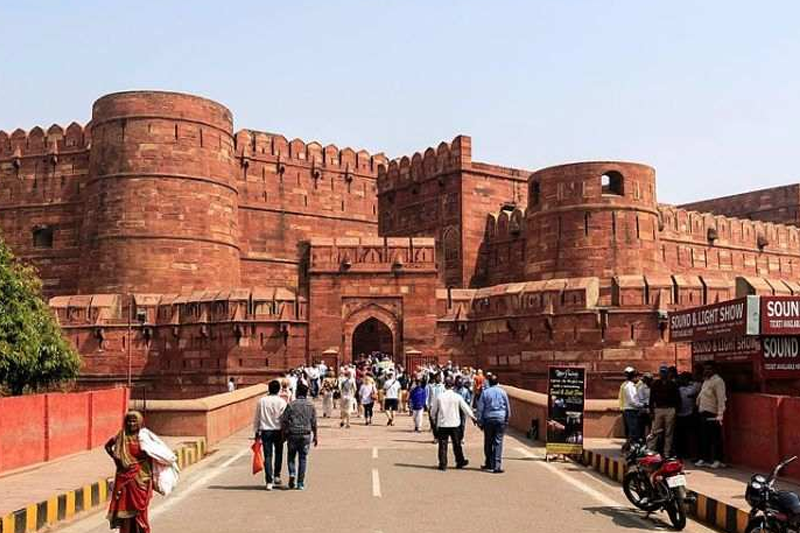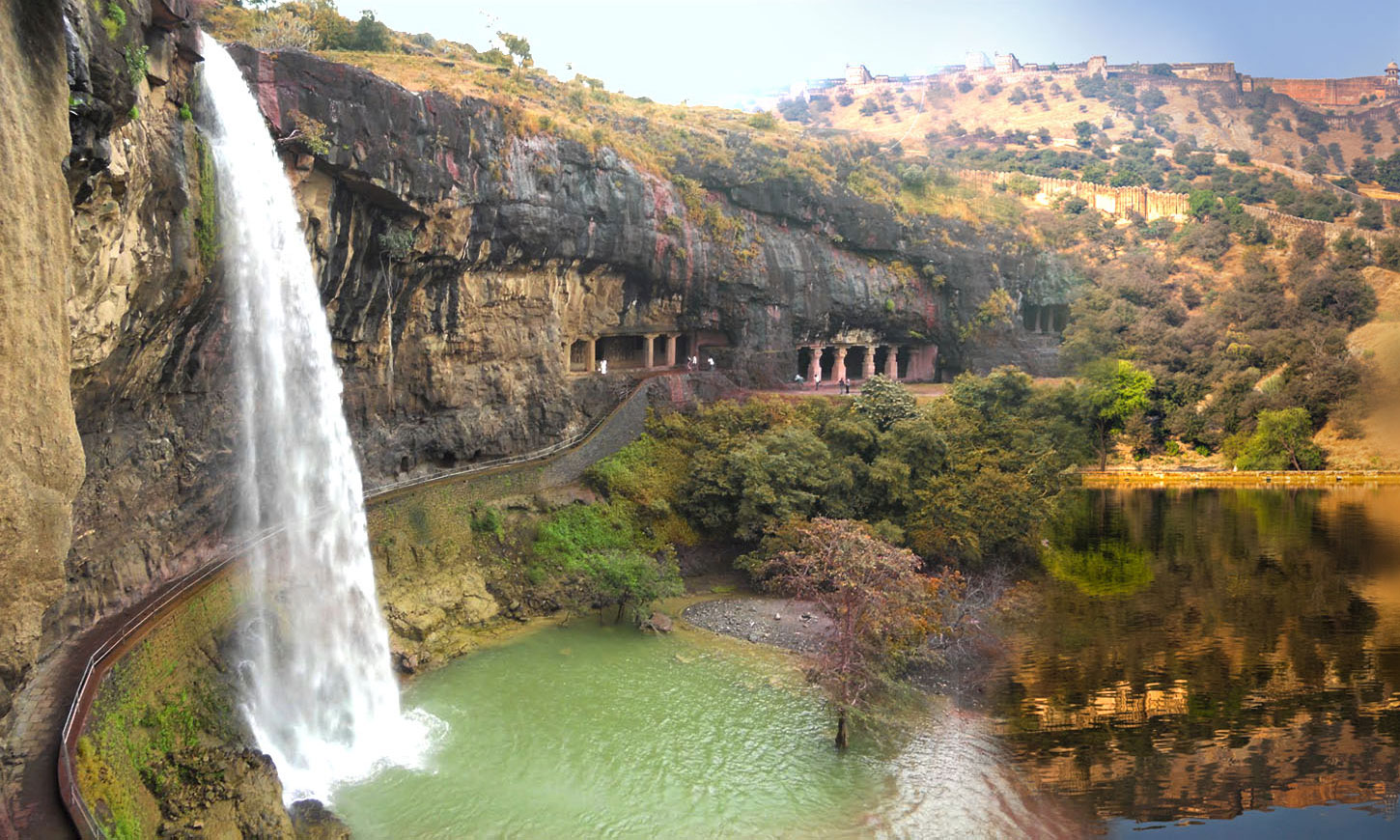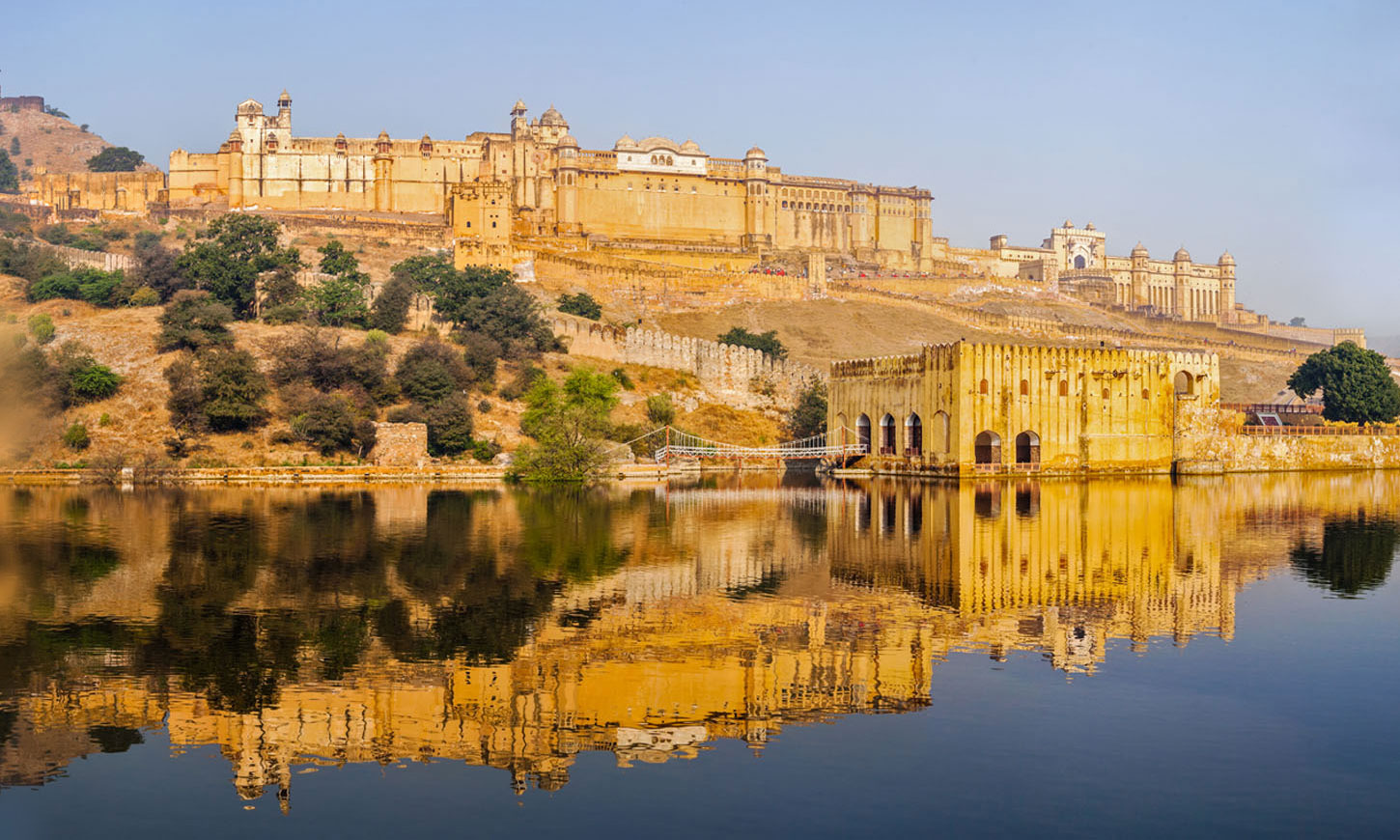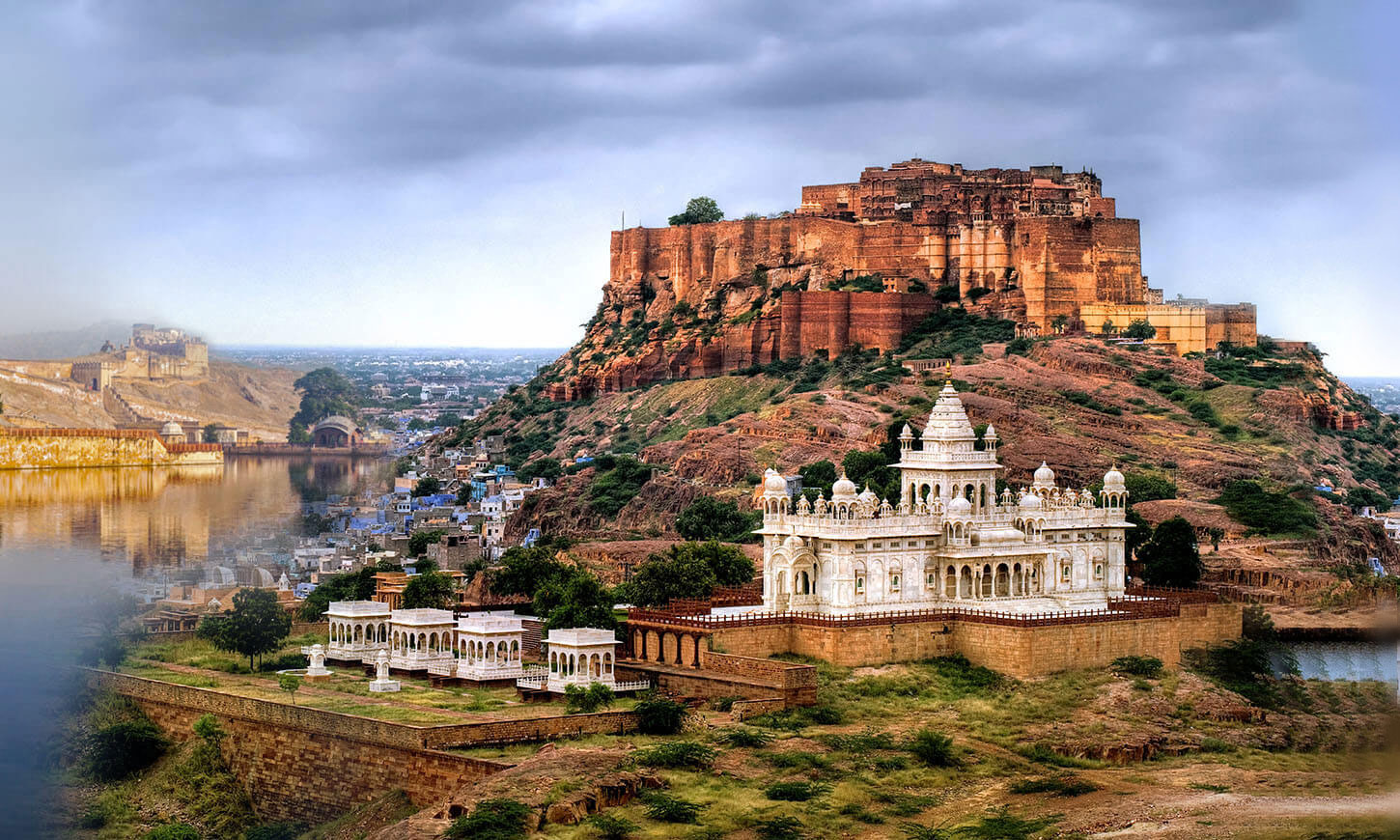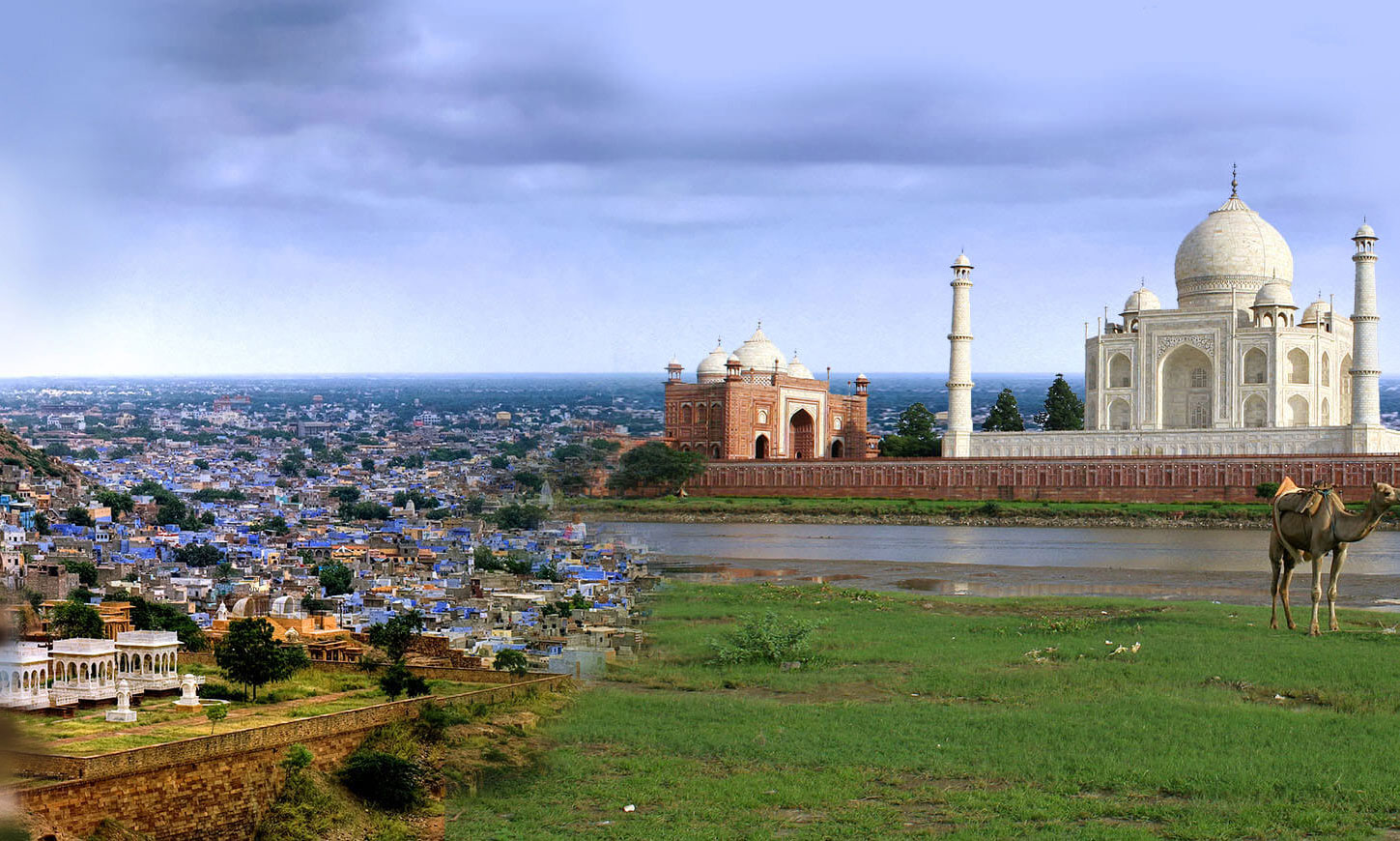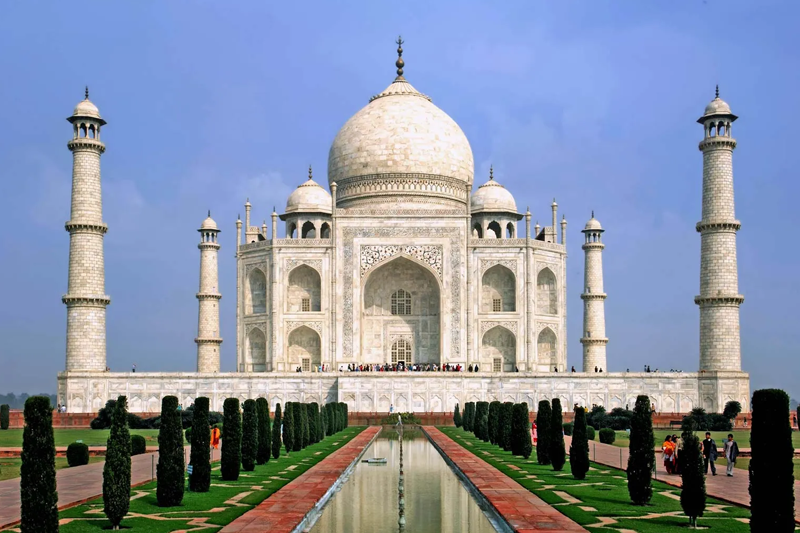
Discovering Agra
Exploring Agra: The City of Emperors
Agra is located in India’s biggest state, Uttar Pradesh, on the banks of the Yamuna, and this city is well-known for its architecture and vast history. The Taj Mahal, which is also known as the Seven Wonders of India, is also located in Agra, and this city is also a UNESCO World Heritage Site. Taj Mahal was built by the great emperor Shah Jahan in the 17th century, and he made this mahal for his wife Mumtaz. Apart from that, Agra is home to many attractions, like tombs, mosques, Fatehpur Sikri, and Agra Fort, that reflect the royalty of the city. Visit Agra by train is the best option. Agra is popular because of the Taj Mahal, and people come here to witness the white marble, carvings on walls, and gardens.
History of Agra
Agra has witnessed the rise and fall of many empires over centuries, which makes Agra an excellent location for history lovers. The Agra city served as the capital of the empire in the 16th century when Akbar came to India. Some popular monuments that the luxury train tours Agra include, Fatehpur Sikri and Agra Fort, and architecture and commerce stores were built at the time of the Akbar era. The Mughals ruled Agra for a very long time until the rise of the British Empire in India. Nowadays, people come to Agra to visit the monuments, mosques, ancient buildings, and shopping streets and to step back in time when Agra was ruled by the Mughals and Khans in the 16th and 18th centuries. The luxury train journey to Agra is an unforgettable experience that everyone should try at least once.Agra has witnessed the rise and fall of many empires over centuries, which makes Agra an excellent location for history lovers. The Agra city served as the capital of the empire in the 16th century when Akbar came to India. Some popular monuments that the luxury train tours Agra include, Fatehpur Sikri and Agra Fort, and architecture and commerce stores were built at the time of the Akbar era. The Mughals ruled Agra for a very long time until the rise of the British Empire in India. Nowadays, people come to Agra to visit the monuments, mosques, ancient buildings, and shopping streets and to step back in time when Agra was ruled by the Mughals and Khans in the 16th and 18th centuries. The luxury train journey to Agra is an unforgettable experience that everyone should try at least once.
Explore Agra
Reveal the Treasure of Agra City
-
Taj Mahal
 The Taj Mahal is considered one of the most beautiful attractions of Agra and is also known as the symbol of love and royal architecture. Apart from that, the Taj Mahal was built by Shah Jahan for his wife, and it is also a UNESCO World Heritage Site that attracts millions of visitors every year. People mainly come here to witness the white marble, carvings on walls, crystal clear pools, and gardens, and from the Taj Mahal, everyone can witness the sunrise and sunset, which look amazing.
The Taj Mahal is considered one of the most beautiful attractions of Agra and is also known as the symbol of love and royal architecture. Apart from that, the Taj Mahal was built by Shah Jahan for his wife, and it is also a UNESCO World Heritage Site that attracts millions of visitors every year. People mainly come here to witness the white marble, carvings on walls, crystal clear pools, and gardens, and from the Taj Mahal, everyone can witness the sunrise and sunset, which look amazing. -
Agra Fort
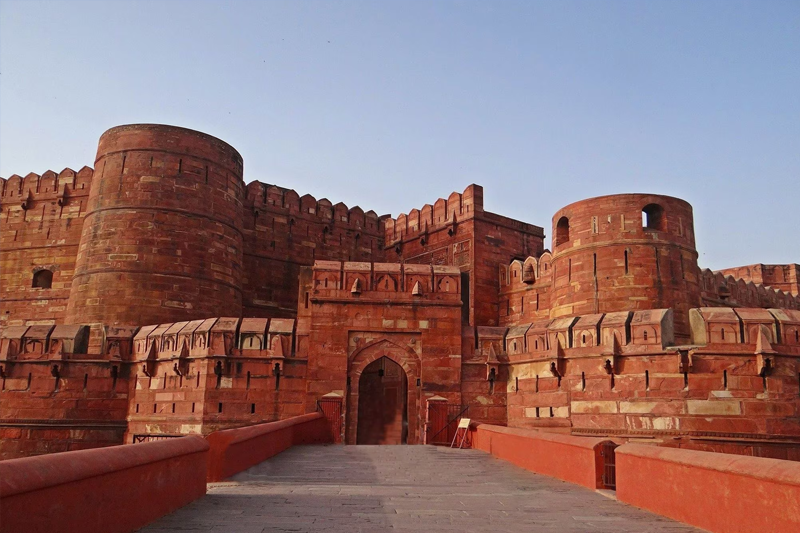 Agra Fort is also known as the UNESCO World Heritage Site and served as the main fortress that served as the main residence of the Mughal emperors which you can visit by Agra luxury train travel. Apart from that, Diwan-i-Am, Diwan-i-Khas, and Moti Masjid. People can also experience the breathtaking views of the Taj Mahal from the Agra Fort ramparts. Agra Fort is well-known for its sandstone walls, amazing structures, palaces, mosques, and gardens.
Agra Fort is also known as the UNESCO World Heritage Site and served as the main fortress that served as the main residence of the Mughal emperors which you can visit by Agra luxury train travel. Apart from that, Diwan-i-Am, Diwan-i-Khas, and Moti Masjid. People can also experience the breathtaking views of the Taj Mahal from the Agra Fort ramparts. Agra Fort is well-known for its sandstone walls, amazing structures, palaces, mosques, and gardens.
Visions of Agra
Unwrap the Agra with our Amazing Photo Gallery
Agra is a city that has something for everyone, from historical places to tombs and gardens to palaces. Not only this but from the Taj Mahal to Agra Fort, your journey will surely be memorable when it comes to exploring Agra. Whether you are looking to explore the Mughal dynasty or whether you are looking to explore Itmad-ud-Daulah's tomb, Agra never disappoints anyone. There is a reason why Agra is a UNESCO World Heritage Site, and the reason is the Taj Mahal, which is situated on the banks of the river Yamuna. Apart from that, the ghost city of Fatehpur Sikri adds a twist to your journey to explore Agra. Join us on this amazing Agra tour with luxury train and witness Agra City through our lens.inquiries
BOOKING REQUEST
To enable us to serve you better, please be as specific as possible about your travel requirements. Also, mention any special dietary requirements (allergies) if applicable.



